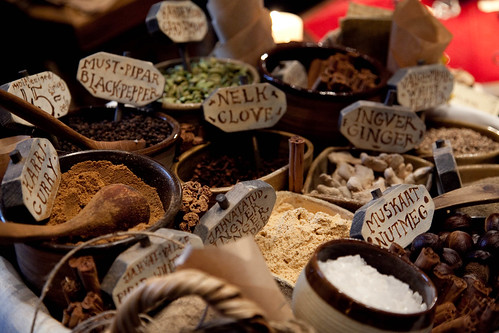Hungry for books? We at Writing Up an Appetite are giving away not one, not two, but three books to a lucky new follower who joins us here before midnight of September 5th (click on "Join this Site" under "Followers" in the right sidebar), but only if we reach at least 100 followers overall. The winner will be drawn at random and announced in next week's post.
The Books:
- Rebecca Rasmussen's lyrical novel The Bird Sisters (if you haven't already read Rebecca's guest post here from last week, do so NOW)
- Table of Contents: From Breakfast with Anita Diamant to Dessert with James Patterson - a Generous Helping of Recipes, Writings and Insights from Today's Bestselling Authors
- Foodista Best of Food Blogs Cookbook: 100 Great Recipes, Photographs, and Voice
 |
| Be a follower to win these books! |
Now on to this week's recipe, one of our family favorites. Children who turn up their noses at eggplant cooked any other way may be willing to try this dip, which you can serve either hot or at room temperature or straight from the fridge. I love it on sliced fresh ciabatta.
Creamy Sesame Eggplant Dip
 |
| Are eggplants sexy? |
1 Tablespoon olive oil
1 Tablespoon sesame oil (not dark)
1/2 medium sweet onion, diced
4 cloves garlic, minced
1/2 teaspoon salt
1/4 cup tahini (sesame paste)
1/2 teaspoon dark roasted sesame oil
1. Cut the ends off the eggplant, and peel and discard skin. Cube in 1/2" pieces.
2. Sauté eggplant, onion, and garlic in olive and sesame oils. After about 5 minutes, add salt, cover, and sauté until eggplant is very tender and lightly browned, about 20 minutes.
3. Transfer sautéed eggplant mixture to a food process container. Add tahini and dark sesame oil, and blend until smooth. Makes about 2 cups.





